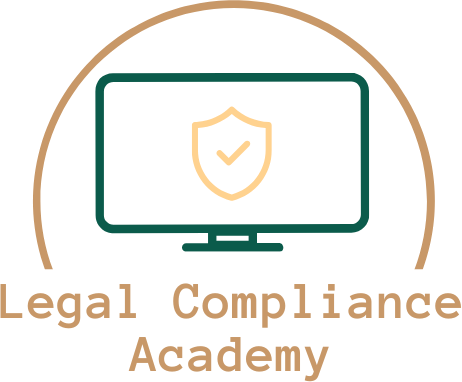Course Content
Overview of the AML, CTF, and CPF Regimes
4 Sections
2 Assessments
Recognising Red Flags & Warning Signs
2 Sections
2 Assessments
Client Due Diligence
1 Section
1 Assessment
Risk Assessments
1 Section
1 Assessment
Enhanced Due Diligence
1 Section
1 Assessment
Source of Funds & Source of Wealth
1 Section
1 Assessment
Suspicious Activity Reporting
1 Section
1 Assessment


